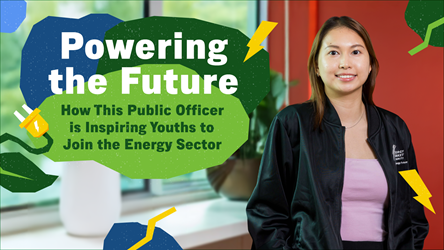People and Purpose
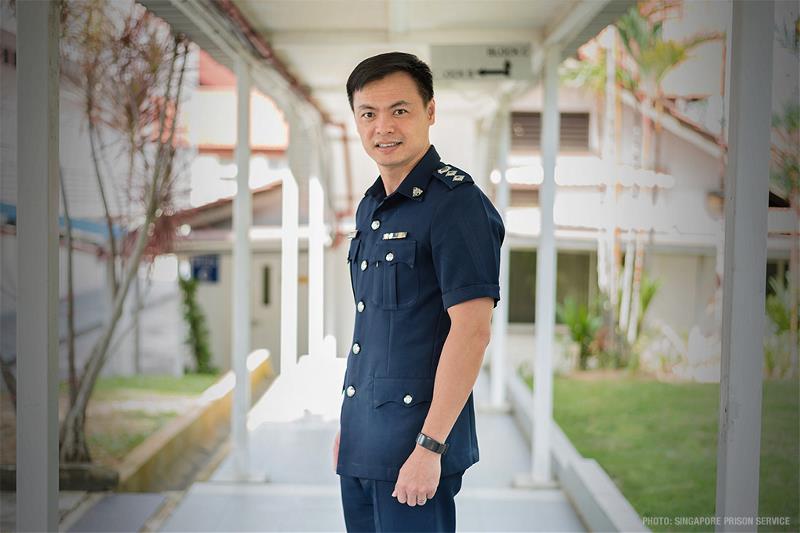
I first considered joining the Prison Service in 1995. I was in my third year of studies at the National University of Singapore, and I remember attending a career session at Lecture Theatre 13. A Prison Officer named Jason Wong was there, and he shared his story with us.
Jason was a Colombo Plan Scholar and, when he was about to graduate, had asked his professor where he should go – the private sector or the Public Service. The professor replied that since Jason was capable and full of zeal, he should consider an organisation that most wouldn’t think of joining.
Jason asked his professor, “Why?”
The professor replied, “If you join the same organisation as others like yourself, it will be full of talented people, but may offer less opportunities for you to make a difference. But if you join an organisation where you’re needed and able to contribute, you can make a real difference.”
So Jason decided to join the Prison Service, and so did I after I graduated. This was the hook for me – I wanted to serve in a place where I could contribute and make a difference.
The Power of the Community
This is my 21st year as a Prison Officer. How did I know that this was my calling? The realisation came during my first posting in 1997, when I served as a Hall Officer at the Selarang Park Drug Rehabilitation Centre. During my three years there, I was tasked to manage a wide spectrum of drug offenders. A large part of my day-to-day work wasn’t just managing operations, but also involved speaking to the inmates. That was when I learnt about their struggles and aspirations, and how family and community played a critical role in their rehabilitation. Through these conversations, day after day, I grew to love our job and understand what it means to be Captains of Lives.
I’ve had many different postings during my career. Two have been especially memorable because they helped me to realise the power of the community. From 2004 to 2006, I served with SCORE (Singapore Corporation of Rehabilitative Enterprises), a statutory board under the Ministry of Home Affairs, as a Vocational Rehabilitation Unit Manager. One of my responsibilities was to oversee the vocational training of inmates and “skill them up” so that, upon their release, they could get decent jobs.
To do this, we approached many public agencies and, while speaking to colleagues from NParks, learnt that there was a demand for landscape technicians in the job market. So we collaborated with NParks, the Workforce Development Agency and NTUC to train and certify inmates to meet this demand. This became Project Green Beacon, a place-and-train programme in the landscaping industry.
The highlight for Project Green Beacon was the day when 81 graduates received their Workforce Skills Qualifications Certificate in Landscape Operations from Prime Minister Lee Hsien Loong in 2006.
Another important moment for me came in 2007 when I was a Superintendent at Institution A4 of Changi Prison Complex. One of my responsibilities was to oversee the operations and rehabilitation programmes of the Reformative Training Centre (RTC). The young inmates at RTC are full of energy, and are still discovering their identity and purpose. It was important that we engaged them by working with the community, so we began talking to different organisations and community partners.
The Toastmasters Club of Singapore and the Singapore Adventurers’ Club were two organisations that came on board to work with us. Together, we co-created meaningful and fulfilling programmes that really helped the youths to grow.
These two experiences showed me that the community is always there, ready to contribute. If we are pro-active in reaching out to it, it will support you. It is possible to create opportunities for inmates if we’re open to new possibilities, and wonderful things can happen when we work together.

Second Chances
Every year, about 9,000 ex-offenders in Singapore complete their sentences and are released. As Prison Officers and Captains of Lives, we help ex-offenders who’ve taken responsibility for their crimes and proven that they are determined to change. They need a second chance.
As a correctional agency, we take a targeted, data-driven approach that assesses individual inmates to ensure that they undergo programmes that serve their rehabilitation needs. As inmates move into the pre-release phase of their sentence, the Prison Service also offers them scaffolding and support to adjust to life after release.
But why is the community essential in helping us rehabilitate ex-offenders?
The answer is that for many ex-offenders, the majority of their transformation happens after he or she has been released. It is within the community that their real journey begins.
That’s why we all have a part to play in the reintegration and rehabilitation of ex-offenders. Organisations do this by offering them employment; neighbours do this by not ostracising them; and families do this by receiving them with open arms.
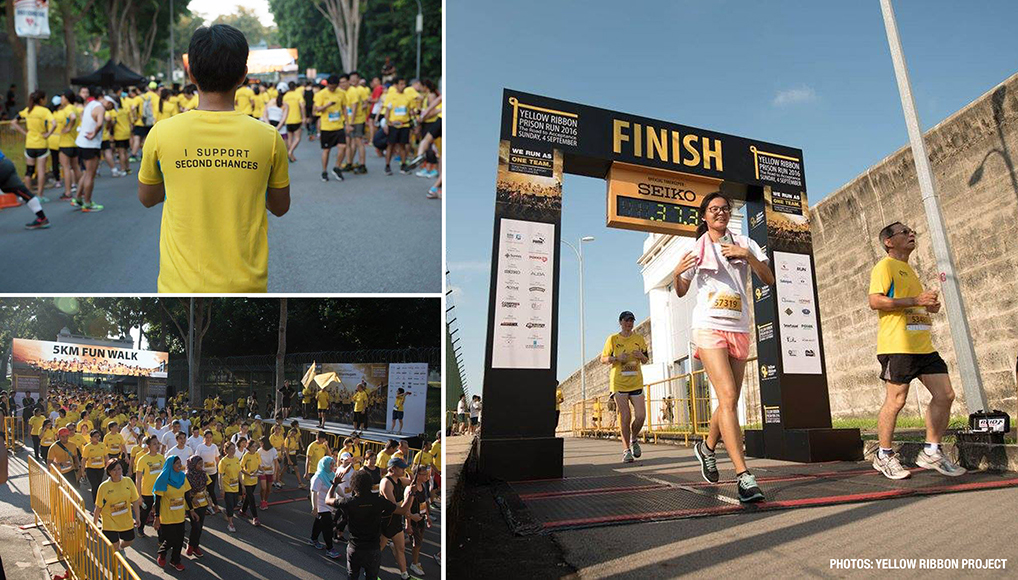
Awareness, Acceptance, Action
In 2009, we decided to take our message of second chances to the next level by organising the very first Yellow Ribbon Run. This was unprecedented and, at first, we weren’t sure we could pull it off.
But what helped the team was focusing on the “why” rather than the “how.” We knew we had to move the community from awareness towards acceptance and action. If the public took part in the Run, it would signify its support of the Yellow Ribbon cause in a very tangible way.
Once the “why” was clear, the “how” fell into place. We constantly challenged ourselves to do better. For example, if we wanted the community to help with re-integrating ex-offenders, we had to, in turn, let the community in. This meant opening the prison doors to the public, so that they could discover what we do.
This had never been considered before – 5,000 people coming into a secured facility like the Changi Prison Complex. But we were prepared to open our doors because we knew the role of the community was critical, and that we could no longer operate as we always had.

A more practical consideration was the distance of the Run. It had to suit serious runners but also cater to families. We explored the area and tried various routes. The one we found was difficult, with many ups and downs. But a team member said that this would make the Run unique, and that the challenging terrain communicated our message in a powerful way – that the rehabilitation journey isn’t easy.
Later, when the Singapore Amateur Athletics Association measured the route, we learnt that it came to exactly 10 kilometres. It was then that we knew we’d made the right choice, and since our first Run in 2009, the route has remained essentially unchanged.
Finally, we made an effort to map out who our many stakeholders were, and to proactively engage them. Knowing that the run would affect Changi residents, we had a team that knocked on doors in the area to share information with residents and learn about their concerns. One by one, we started a dialogue. We even invited them to join us for the Run!
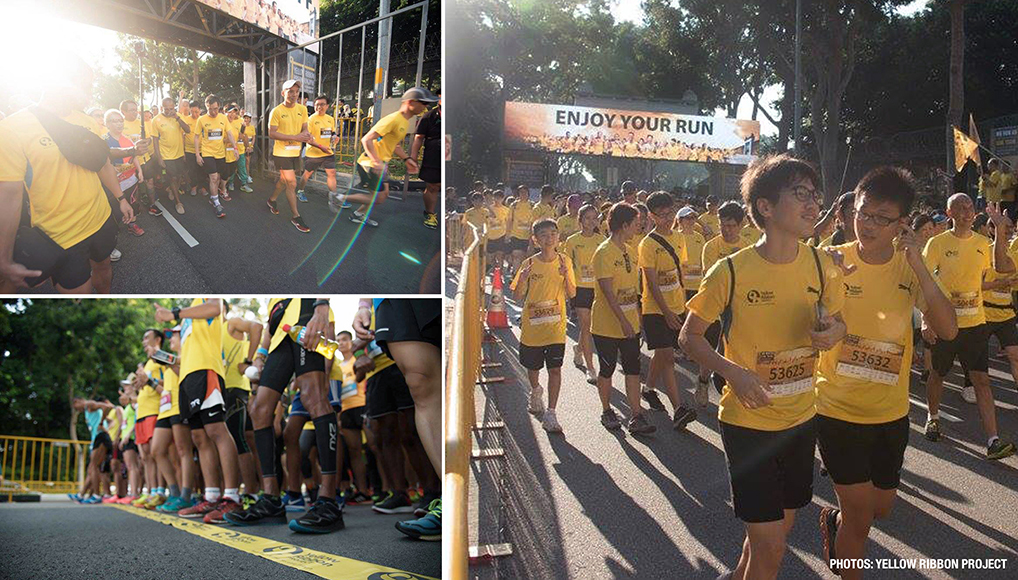
The Community Completes Things
The Yellow Ribbon Run has grown over the years, and this is a testament to the commitment of the people who drive it. Our partners in the CARE Network continue to be instrumental in our mission; we can’t succeed without them. But it is the community that truly completes things. We’re also seeing greater corporate involvement every year, and another encouraging sign is that an increasing numbers of public agencies have sent teams to take part. That’s an important first step.
The profile of the participants has also evolved; besides the “hardcore” runners, we get ex-offenders who return to support the cause. We’ve also seen a large number of first-time runners over the past two or three years, with more families taking part. We even have volunteers from Tzu Chi Singapore who volunteer their time to pick up litter along the route; and some secondary schools send students as cheerleaders to encourage the runners. So our message is making its way to different generations.
Two years ago, I brought my two daughters, then 12 and 14, to the Run. They were very curious about what they saw, and asked me many questions. They learnt how ex-offenders are just like you and I, and I hope that my daughters can share the message of second chances with others.
As our society matures, I believe that the community will take further concrete action to support ex-offenders. I’ve experienced many times how the Run can reshape perceptions about rehabilitation and demonstrate each of us can do.
I feel proud to have been a member of the SPS family for more than 20 years. We’re committed to keeping Singapore safe by ensuring that our prisons are secure. At the same time, we do all we can to reintegrate ex-offenders into society. These twin missions are ingrained in all Captains of Lives, and this is what keeps us going. When the community joins us, half the battle is won.
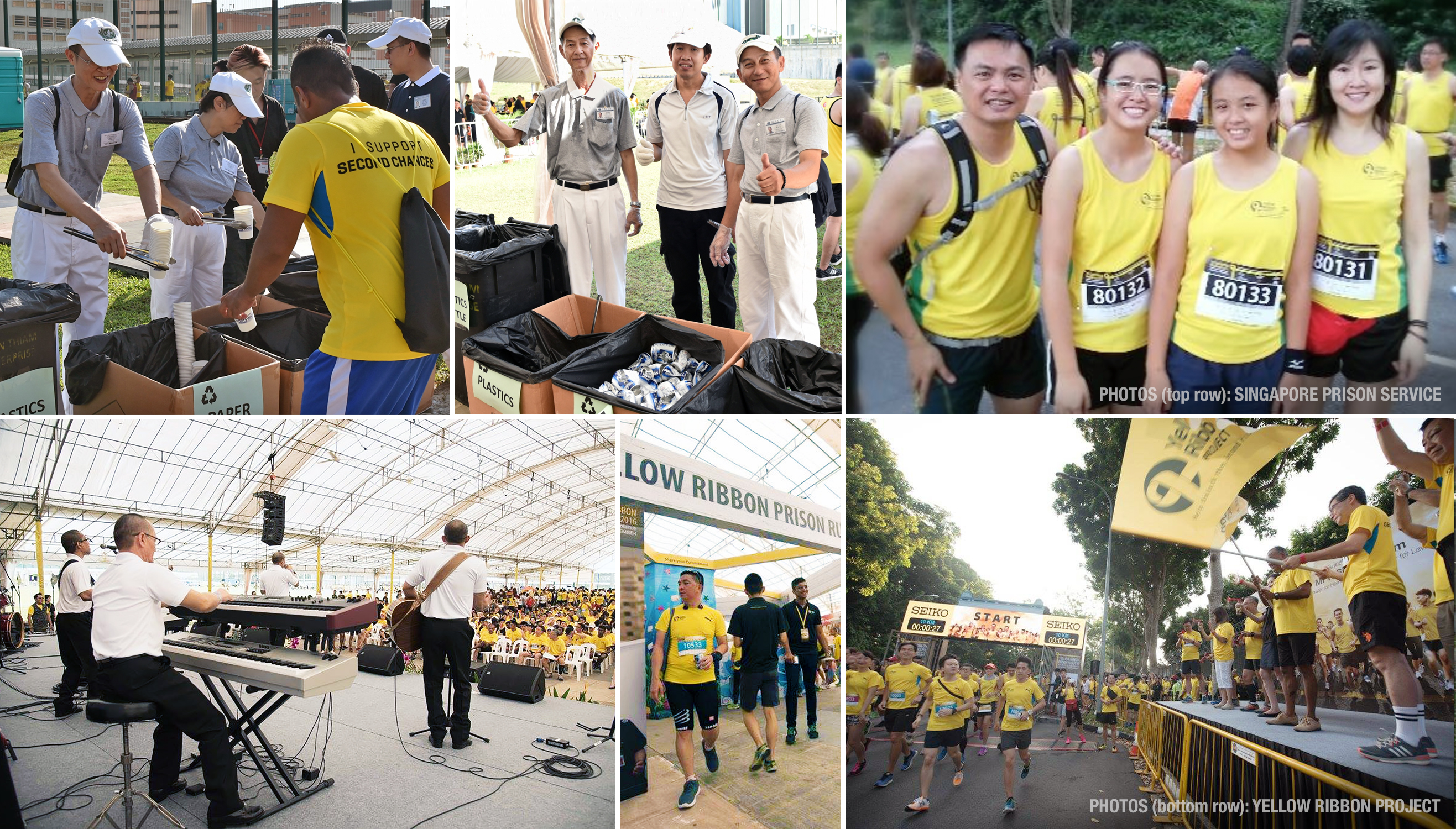
- POSTED ON
Nov 23, 2016
- TEXT BY
Jimmy Lee
-
Work Better
Hello Boss are you Listening?





